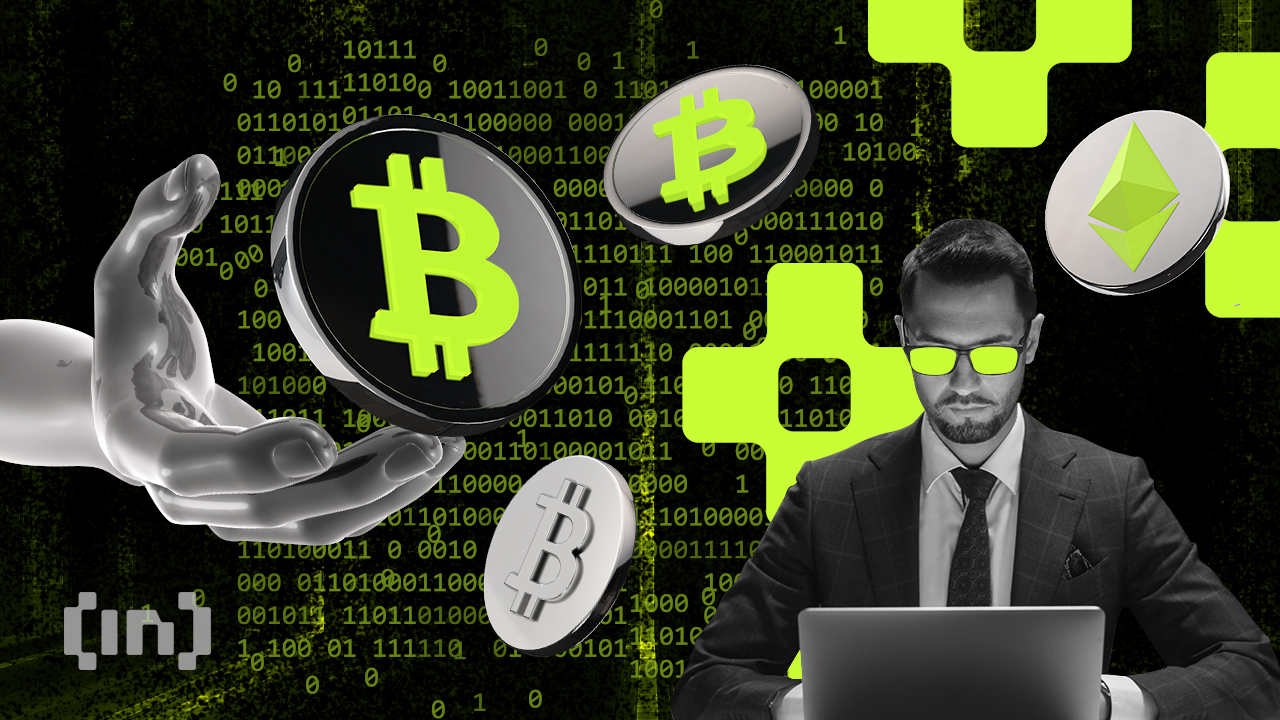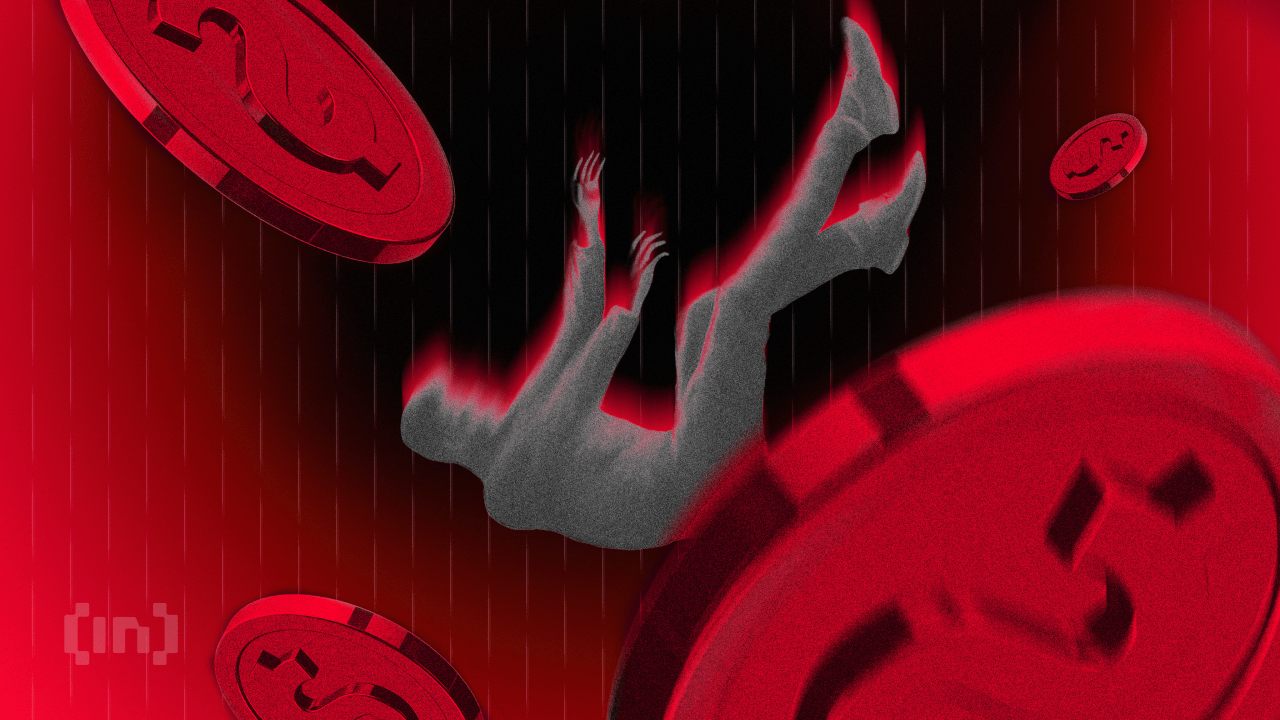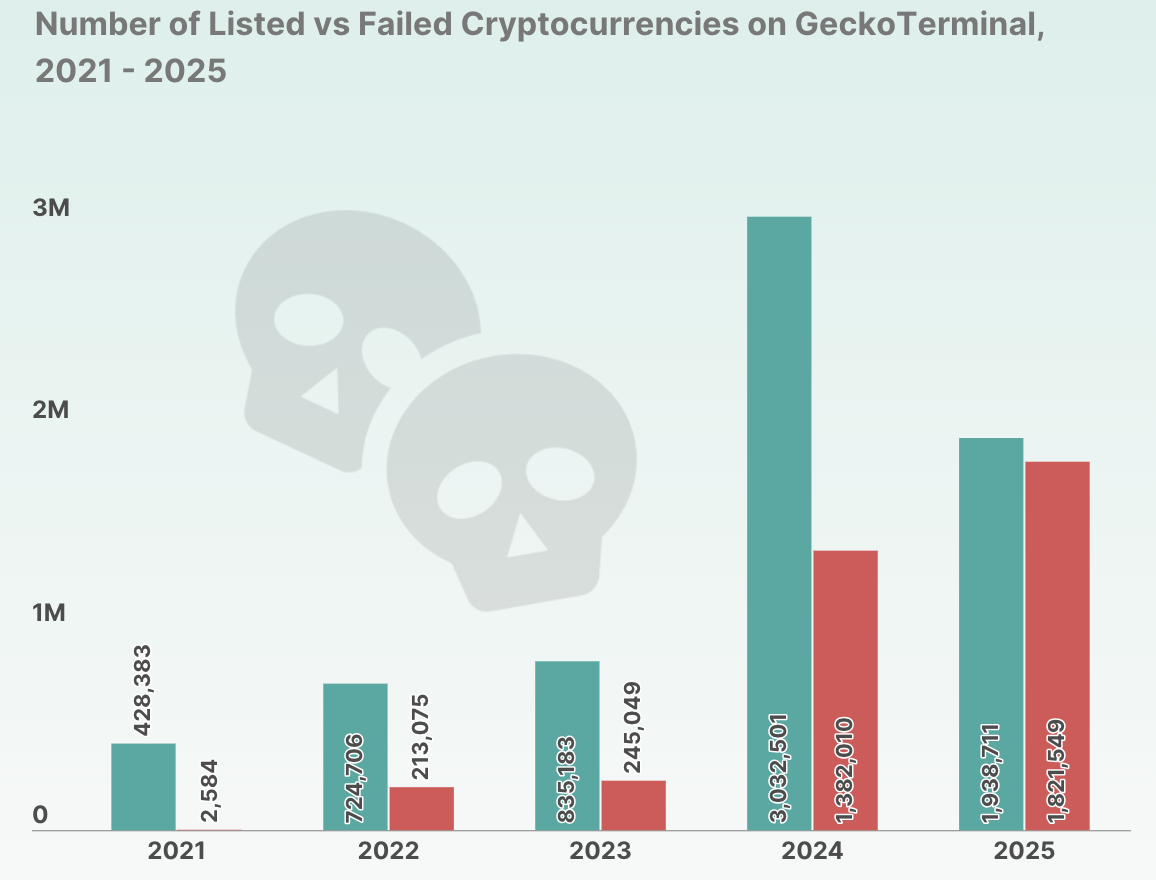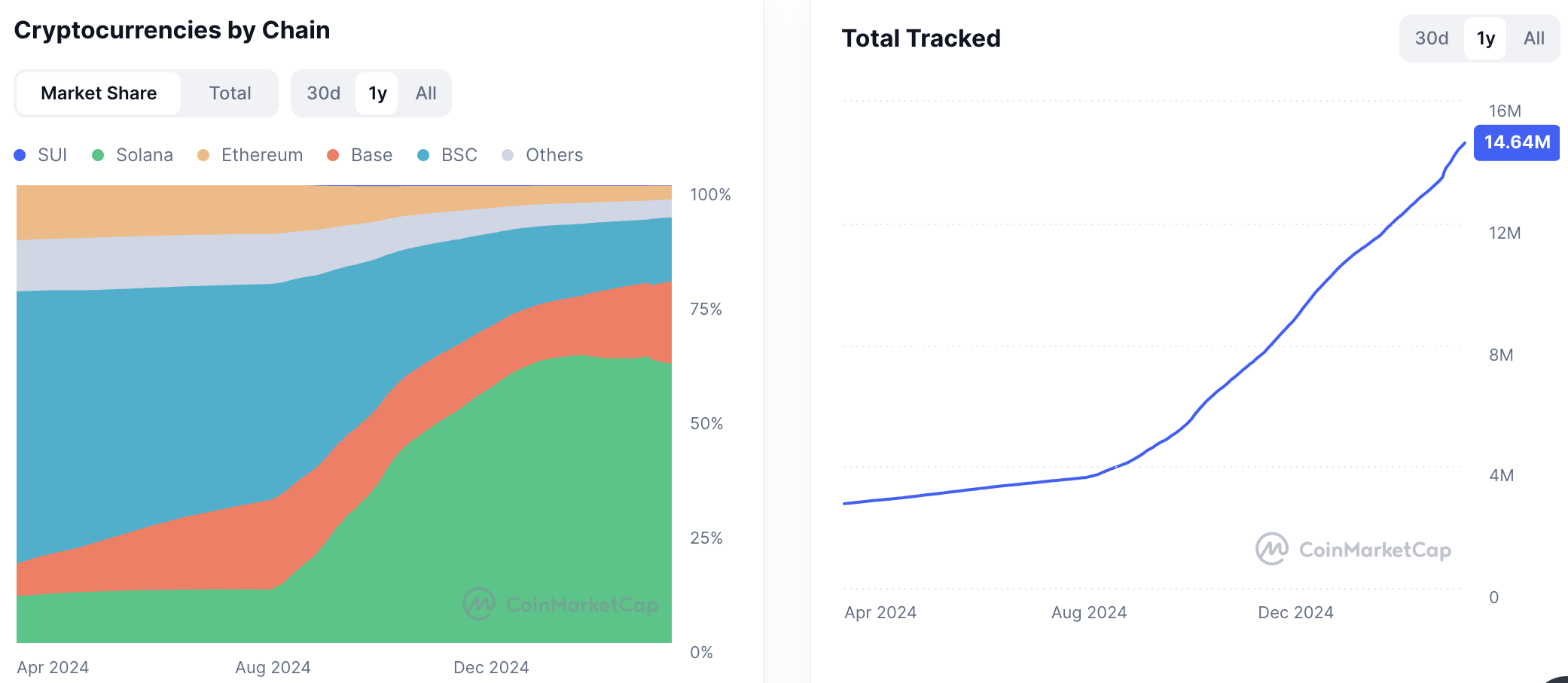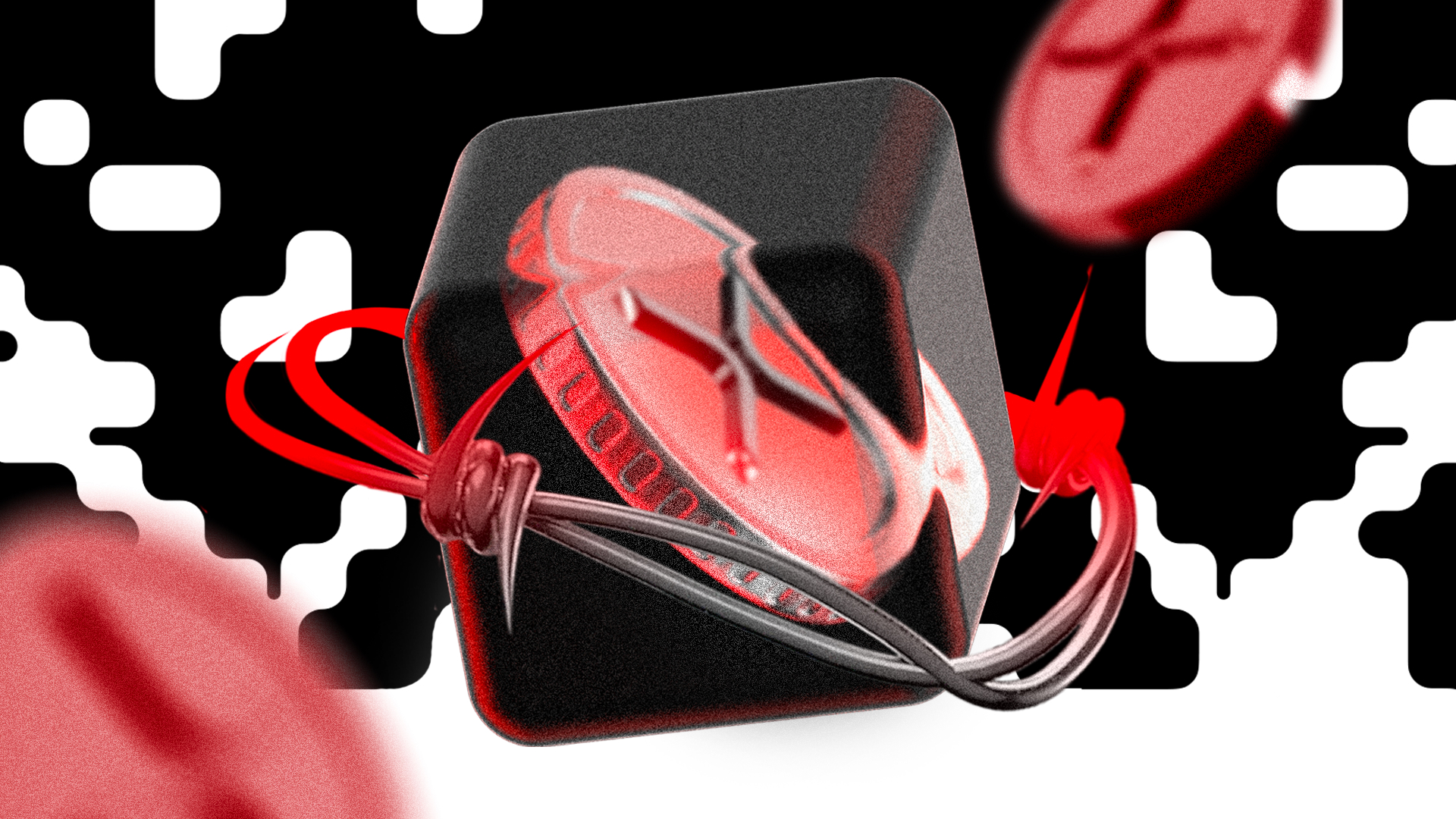Ethereum has seen an uptick in institutional interest in recent weeks; however, the price is consolidating in a tight range.
On-chain data has revealed that selling pressure from US-based whales and institutions has steadily declined over the past month despite the altcoin’s lackluster price performance.
Ethereum Demand Holds Strong Among US Investors
According to data from CryptoQuant, Ethereum’s Coinbase Premium Index (CPI) has remained consistently above the zero mark over the past month. This is a signal of sustained buying interest from U.S.-based investors.
At the time of writing, the CPI stands at 0.03.
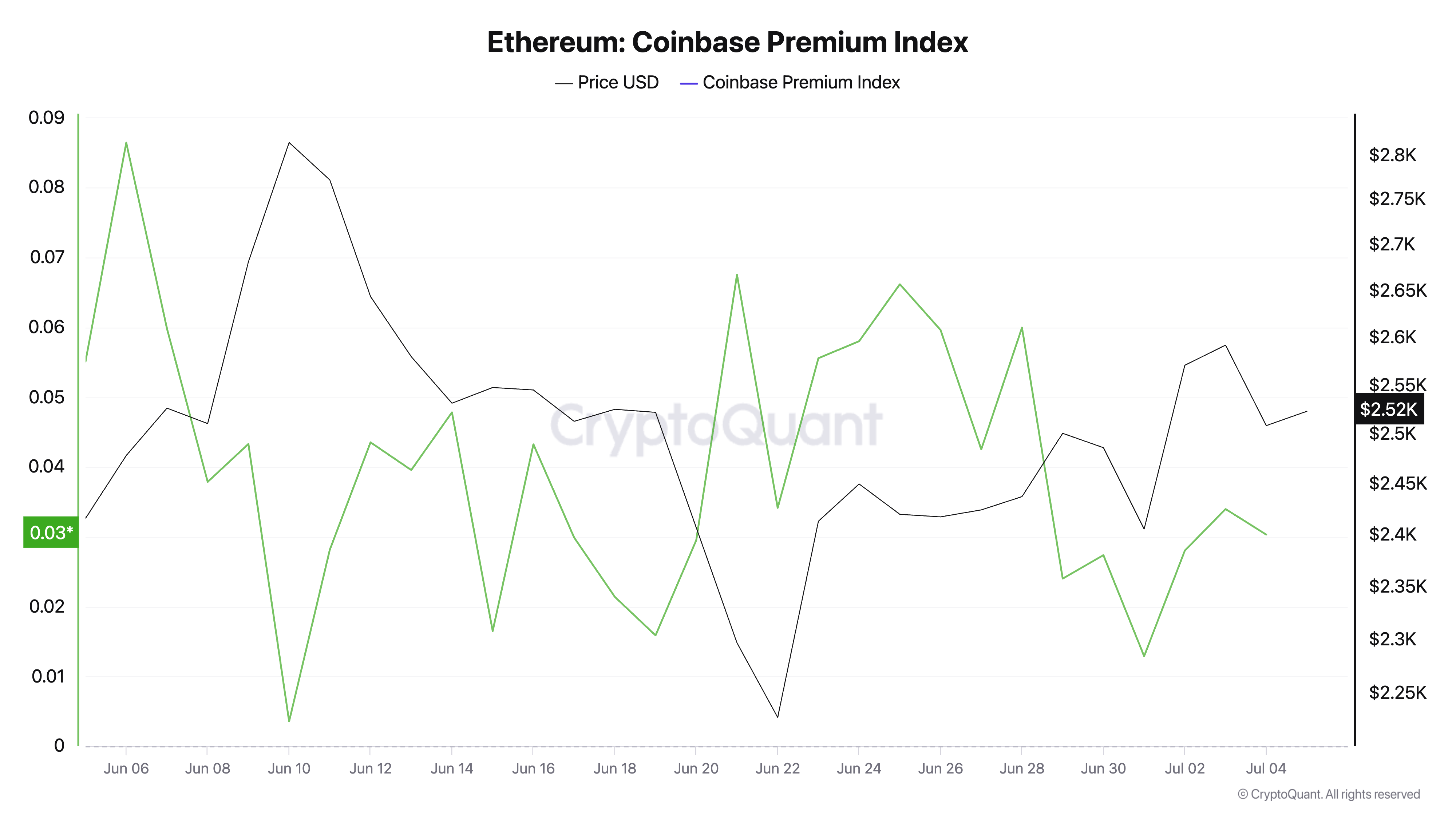
This metric measures the difference between the ETH’s prices on Coinbase and Binance, and it is a good indicator for tracking US investor sentiment.
When the CPI rises, ETH trades at a premium on Coinbase compared to international exchanges. This reflects stronger buying pressure from US-based investors.
Conversely, when the CPI falls—or worse, turns negative—it signals that demand on Coinbase is lagging behind global markets due to profit-taking or waning interest among US buyers.
Therefore, despite its lackluster price performance in recent weeks, ETH’s steady CPI above the zero line suggests that US investors are continuing to buy rather than exit the market. This points to a measured accumulation trend rather than a sell-off.
Moreover, the consistent weekly inflows into ETH-backed exchange-traded funds (ETFs) confirm the sustained interest from key investors. Per SosoValue, these funds have recorded consistent weekly net inflows since May 9.

This reflects a sustained appetite among institutional investors for exposure to ETH, even as its price action remains relatively muted.
ETH Trapped in Tight Range
Readings from the ETH/USD one-day chart confirm that ETH has been consolidating within the $2,750 to $2,424 price range since early May. If institutional investors increase their buying pressure and broader market sentiment improves, the coin could rally toward the $2,750 resistance level and potentially attempt a breakout above it.
If successful, ETH’s price could climb further to around $3,067.
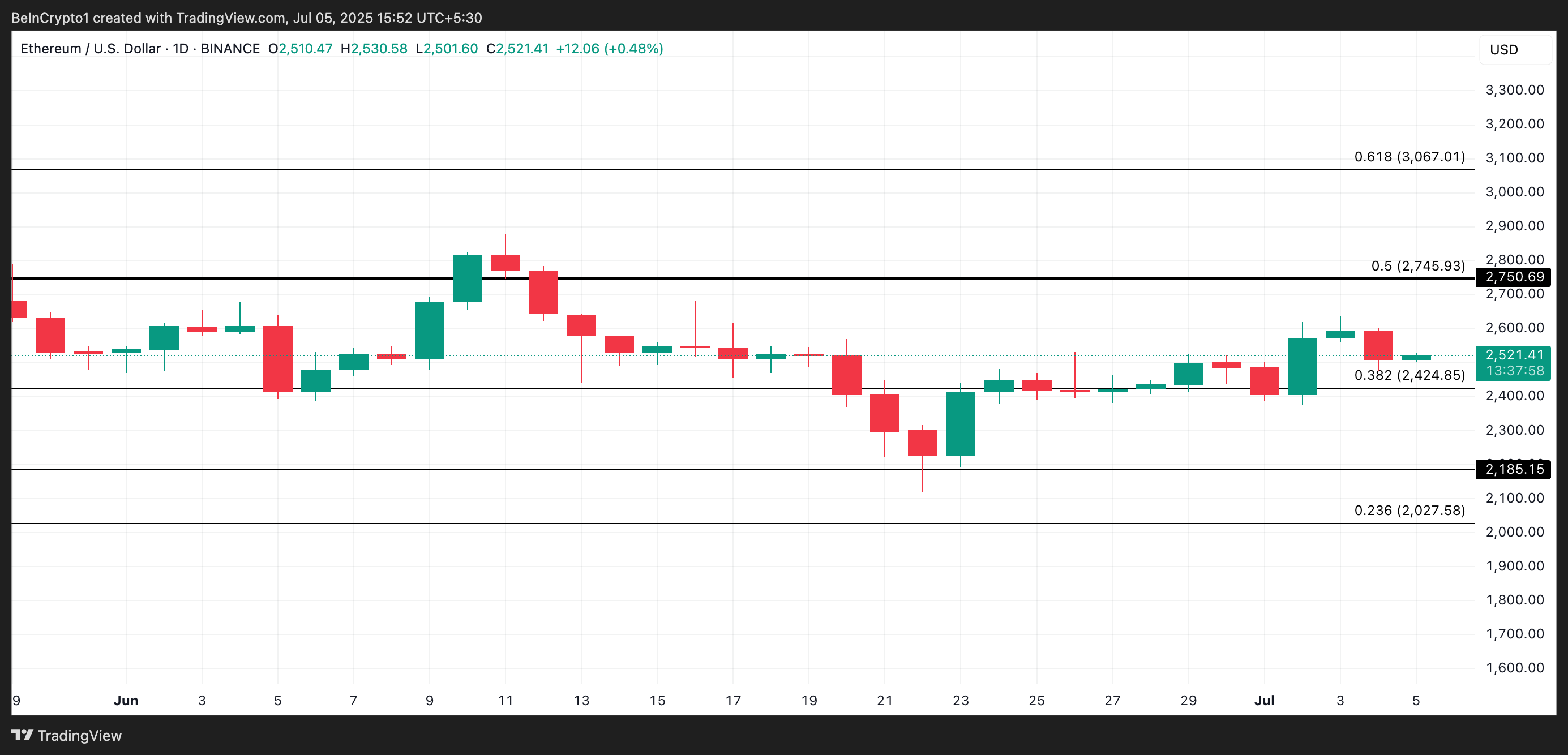
However, if investors’ participation weakens and bearish pressure builds, ETH may fall back toward $2,424. It could decline toward $2,185 if that support fails to hold.
The post Institutional Confidence Grows in Ethereum (ETH) as Price Consolidates in a Tight Range appeared first on BeInCrypto.


